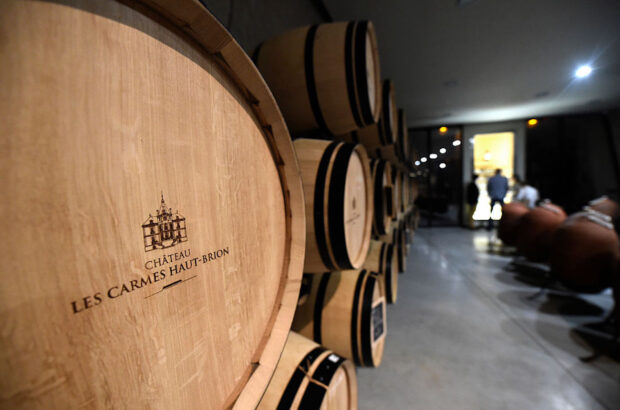In the world of wine grape varieties, not all fruit is created equal – and in fact, the breakdown may actually be a bit more complicated than you think.
In addition to species differentiation (Vitis vinifera vs. Vitis labrusca), grape varieties are genealogically categorised into one of four categories: crosses, clones, mutations and hybrids.
Not sure what we mean? Here’s all you need to know.
The majority of wine grapes cultivated around the world are crosses, meaning that two varieties from the same vine species (Vitis vinifera or Vitis labrusca) ‘crossed’ to create an entirely new variety. This happens when one plant’s flower is fertilised with the pollen of another and can happen naturally or by forced human activity.
A popular example of a cross variety is Cabernet Sauvignon, which is the byproduct of the crossing of Cabernet Franc and Sauvignon Blanc. More recently, crossing via human intervention created Pinotage, a cross between Pinot Noir and Cinsault, in 1925.
Natural variation
Mutations are a bit different. A grape mutation occurs when a variety reacts to changes in its environment, generally to protect itself against frost, rot or other hazards.
Two popular examples of grape mutations are Pinot Gris and Pinot Blanc, which are mutations of Pinot Noir. In these varieties’ cases, their DNA chains adapted and skipped the sequence that gives the fruit its pigmented skin, resulting in the mutated varieties.
A grape variety is officially defined as a mutation when a handful of its genetic characteristics are no longer identical to the parent vine.
On the other hand, clones are different from mutations, as these differentiations exist among a similar grape variety. For example, the Gin Gin clone and the Dijon clone are both Chardonnay, but have a slightly different makeup. Think of it like parents and offspring – the genetics of the children are the same, as they come from the same parents, though each child possesses unique characteristics.
Rootstocks
Clones are created by grafting existing grape vines onto different rootstock, mostly for the sake of creating higher-quality fruit or to heighten resistance against disease. Genetically, these plants are identical, as they share the same mother vine (unlike mutations, which inevitably have an entirely different genetic makeup than their parent).
Certain clones of the same grape perform better in different parts of the world; for example, the Gin Gin clone is more commonly planted in Australia’s Margaret River, while the Dijon clone is widely cultivated in California and Oregon. Various clones of the same variety will perform differently in separate parts of the world, as well as yield different levels of quality and amounts of fruit.
Disease tolerance
Similar to crosses, hybrid varieties are produced via the same process; however, unlike crosses, hybrids are the result of the crossing of two different species (think one Vitis vinifera variety and one Vitis labrusca variety).
Although frequently looked down upon in the past, hybrids are becoming more and more popular around the globe, as they have a high tolerance to fungal diseases, phylloxera, and powdery mildew.
Popular examples of hybrid varieties include Vidal Blanc, Seyval Blanc, Traminette and Cayuga.







